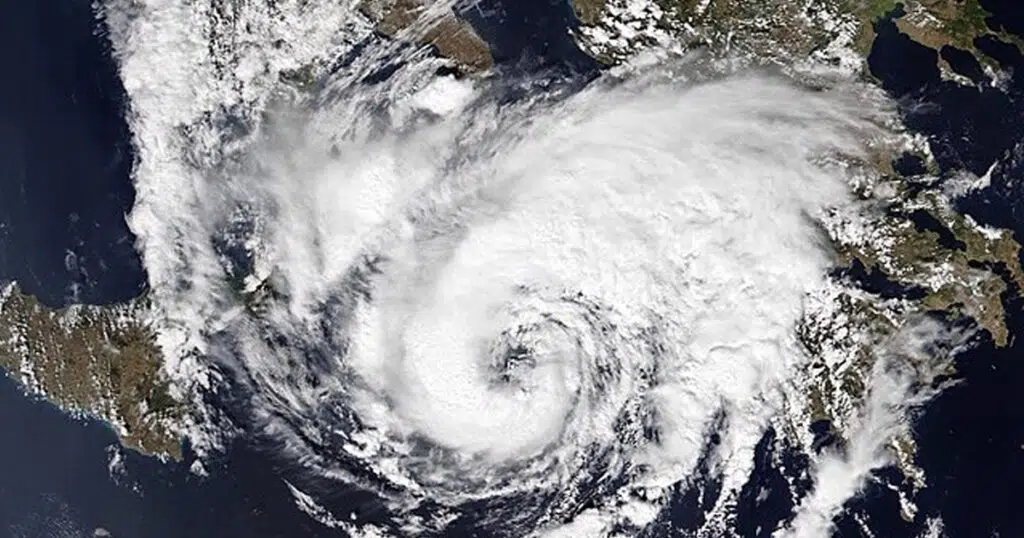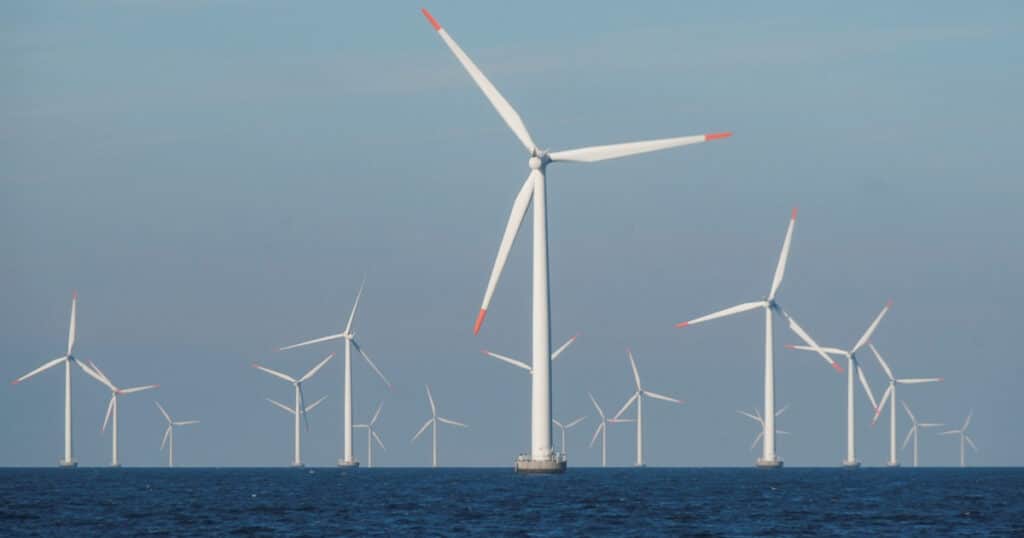
Some Ex-Hurricanes Rebuild Strength to Hit Europe
Strong hurricanes re-energized by jet stream winds as they head out over the ocean are much more likely than weaker storms to cross the Atlantic, reach and cause damage in Europe, says new research published in the Sept. 27 issue of Monthly Weather Review journal of the American Meteorological Society .
Atlantic hurricanes generate international attention due to the damage they often inflict as they move across North America and the Caribbean. While so many eyes in the United States were following Hurricane Ian as it geared up to slam into Central Florida and then tear into other states on the East Coast, Fiona, the first storm of the hurricane season which at one point was a category-4 hurricane, tore through the Caribbean and became one of the strongest storms to ever hit Canada. Such cyclones can again pick up steam and head to Europe.
But, why some ex-hurricanes land in Europe and others has never been understood. The research team studied 180 ex-hurricanes over a 40-year period and determined that stronger hurricanes are indeed far more likely to reach Europe after strong jet stream winds reinvigorate them and help them to move farther east.
Led by the University of Reading and the National Centre for Atmospheric Science in England, the study offers additional reasons that explain why ex-hurricanes impact Europe, a topic of particular interest as scientists have observed a trend towards warmer ocean temperatures that are expected to create stronger hurricanes.
“Ex-hurricanes are fairly rare in Europe but can be deadly and destructive events, making it very important that we better understand why they arrive from across the ocean,” said researcher and study lead Elliott Sainsbury of the University of Reading,
“Our research shows stronger hurricanes, and hurricanes that are re-energized by the jet stream over the Atlantic, are far more likely to hit Europe. They seemingly retain some memory of their strength in the tropics.
“We have now established this remarkably strong link with hurricane strength. As stronger hurricanes may become more frequent,” Sainsbury said, “we could also see more ex-hurricanes reaching Europe in the future. There are other factors to consider however, and more research into this question is needed.”
Cyclones are common in Europe, but only about two ex-hurricanes reach the continent each year, typically sometime between August and November. Nonetheless, those storms can pack extremely strong winds and heavy rainfall; some of the strongest storms on record to pass across Europe have been ex-hurricanes.
Ex-hurricane Ophelia set a national wind speed record and killed three people in Ireland in 2017 and in 2011, ex-hurricane Katia caused more than £100m, or a little less than $111-million US, of damage in Scotland.
Founded in 2002, the National Centre for Atmospheric Science (NCAS) is a research institution dedicated to the advancement of atmospheric science and is one of six research centers funded by the Natural Environment Research Council (NERC). The purpose behind the NCAS is to provide the United Kingdom with national capability in atmospheric science research and technology.



